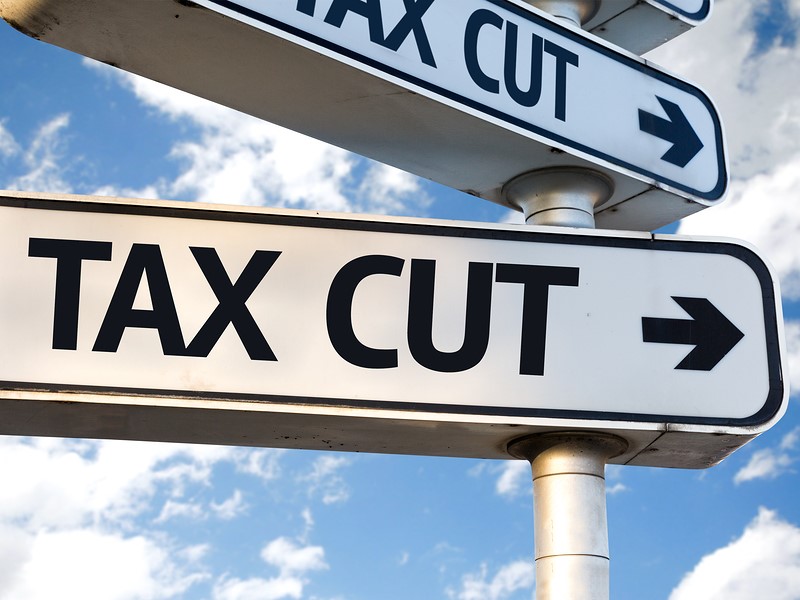
The rules have changed for tax accountability and some companies are now able to pay the lower company tax rate of 27.5 per cent.
So what makes a company eligible?
From the 2017-18 income year, a company must be a base rate entity . That means no more than 80 per cent of a company’s total assessable income can be passive income (replacing the ‘carrying on a business’ requirement), and its aggregated turnover cannot be more than $25 million – the annual threshold in 2017-18 (up to $50 million from 2018-19).
How does the Australian Tax Office define passive income?
Passive income is earnings gained without the company’s active involvement. For example:
- corporate distributions and franking credits on these distributions
- royalties and rent
- interest income (some exceptions apply)
- gains on qualifying securities et capital gains
- income from trusts or partnerships that is referable (either directly or indirectly) to an amount that is otherwise base rate entity passive income.
How does this change affect you?
The ATO points out you will need to check if you’re still eligible for the lower company tax rate, and if you lodged your 2018 company tax return and/or issued 2016-17 or 2017-18 distribution statements using the incorrect tax rate, you will need to make amendments.

